International Mountain Leader Training Winter Kit List
Here is a list of all the kit you may need during your course. We can lend Avalanche Transceivers on prior arrangement for your training course. Please note we can not provide snowshoes this is something you will need to hire before the course starts.
- Waterproof Jacket. A robust breathable and waterproof jacket that fits over several layers.
- Waterproof Trousers or Salopettes. Robust, breathable and waterproof, ideally with long side zips (for big boots or putting on whilst wearing snowshoes)
- Insulated Jacket. A large warm jacket to wear whilst stationary is useful. Synthetic or Down for the alpine climate.
- Base Layers. A couple of lightweight 'thermal' tops, short or long sleeved. Should be of a synthetic material and not cotton.
- Mid Layers. A couple of mid weight layers, ideally fleece. This gives more flexibility for managing your temperature rather than one thick layer.
- Trousers. Softshell trousers, if possible, as they are good at blocking out wind. If you have thermal trousers bring them too as they can be great on cold days.
- Hat. A fleece or wool hat, A neck gaiter is also useful.
- Waterproof Gloves. At least two pairs are essential. They should be dexterous enough that you can put snowshoes on whilst wearing them. The Mountain Equipment Guide or similar is recommended.
- Thin gloves. A thin fleece pair is useful for wearing whilst approaching the hills. For example, the Mountain Equipment Touch Screen Glove.
- Socks. Nice thick warm socks. Some people like a thin liner pair as well.
- Sunglasses, Snow/Ski Goggles. Essential as the snow reflects the sun into our eyes.
- Winter Mountaineering boots or Snowshoe boots. You will need something that will keep your feet warm in minus temperatures.
- Snowshoes. You can hire these from local shops, we will discuss Snowshoes as part of the course, so you know what to buy for your winter adventures.
- Adjustable Ski or Walking Poles. Essential when using with snowshoes.
- Rucksack. Although a normal mountaineering rucksack is fine, a ski rucksack is better as it opens from the front and back and has separate sections to stow a probe and shovel for easy and quick access.
- Dry bag. Either a large dry bag or several small ones works well.
- Flask/water bottle. A small flask (1/2 to 3/4 litre) and a similar sized water bottle. Hydration systems with tubes rarely function well in winter.
- Shovel. There are many different makes and models on the market, and it is very personal which you choose, but we do recommend one with UIAA standard
- Probe. There are many different makes and models on the market and it is very personal which you choose, but we do recommend one with UIAA standard and minim length of 240cm.
- Transceiver. There are many different makes and models on the market, We recommend a digital transceiver and ideally would be able to manage multiple burials and have a mark function and a group check function too. We have Mammut Barryvox to lend from our stores. Please get in touch before the course starts if you would like to borrow one.
- Map. Maps will vary depending on the Venue we are running the courses from, We will send you information to maps you will need nearer the time of the course.
- Compass. We recommend a SILVA Expedition 4 compass for navigating.
- Headtorch (Plus spare batteries) A model such as the Petzl Tikka or Petzl Actik is recommended.
- Small personal first aid kit. Include blister plasters. Please remember any personal medication you may need.
- Sunblock and Lip Salve. To provide protection from UV radiation and the wind.
- Sunglasses. Essential as the snow reflects the sun into our eyes.
- Ice axe. This should be a walking/mountaineering axe such as the DMM cirque. 50- 60cm is usually a good length (its great if you can hide it away in your rucksack) (This will be used to demonstrate summer use, which we might not of been able to do on your summer course)
